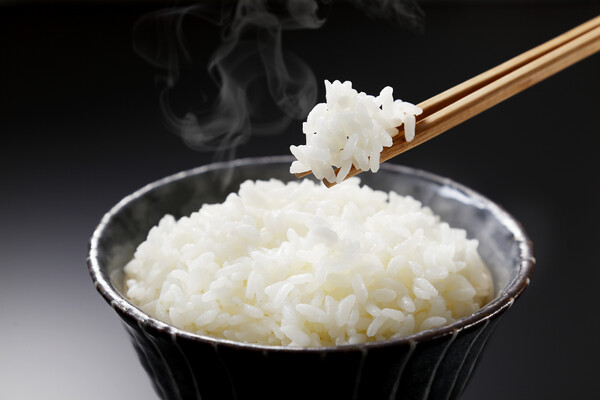Our Terms & Conditions | Our Privacy Policy
[Column] The science of cooking rice < Opinion < Article
We, Koreans, now consume more meat than rice. According to Statistics Korea, per capita rice consumption in 2022 was 56.7 kilograms, compared to 57.4 kilograms of meat. Naturally, the less we eat, the more we seek deliciousness in our food. So, how can we cook better rice? There’s a science to it.
At home, the first step in cooking rice is washing it. Rinsing the rice grains with cold water primarily aims to remove surface starch, rather than pesticide residues. Skipping this step because it seems like a hassle can cause the starch to turn sticky, making the grains clump together. To achieve fluffy rice, rinse at least three times, or until the water runs clear. The first rinse is crucial for removing surface starch, while the second rinse helps remove enough rice water. Unlike noodles, which are washed after boiling to remove starch, rice must be washed before cooking for the same reason.
(Credit: Getty Images)
When cooking rice, the amount of water is crucial. Experiments show that a 1:1 ratio of rice to water is ideal for absorption, whether you’re cooking brown, white, long-grain, or short-grain rice. However, brown rice requires more water because it takes longer to cook, as water penetrates the hull more slowly, causing more water to escape as vapor. For this reason, doubling the amount of rice doesn’t mean you should double the water. Since the surface area of the rice cooker remains the same, the amount of water lost as vapor only increases slightly, not double.
Cooking rice is a process in which water penetrates the grains and heat cooks them. Soaking the rice in water before cooking allows the grains to absorb some of the water, reducing the overall cooking time. The flavor of the rice also depends on the equipment used. For example, when cooking rice in a cauldron, the thick, heavy cast iron lid traps more water vapor, maintaining internal pressure and cooking the grains more evenly. This is why you shouldn’t open the lid when cooking rice in a pot; if you do, the steam will escape, leading to mushy rice.
There’s also a scientific reason for not removing the lid immediately after cooking rice. During this resting period, the surface of the rice grains slightly hardens, creating a subtle crunch. Simultaneously, heat transfers to the inner part of the grains, producing well-cooked rice with a balanced texture. Typically, the rice at the bottom, being closer to the heat source, contains less moisture, while the top tends to be more moist. Gently mixing the top and bottom layers with a spatula helps distribute the moisture evenly, making the rice easier to eat and more enjoyable in texture.
Fall is a food lover’s season, and the year’s best rice is just around the corner. Take a spoonful of perfectly cooked rice, chew it slowly, and savor the grains as they carry the essence of the golden fields where they grew.

Jeong Jae-hoon is a food writer and pharmacist. He covers a variety of subjects, including trends in food, wellness and medications. This column was originally published in Korean in Joongang Ilbo on Sept. 12, 2024. – Ed.
Images are for reference only.Images and contents gathered automatic from google or 3rd party sources.All rights on the images and contents are with their legal original owners.



Comments are closed.